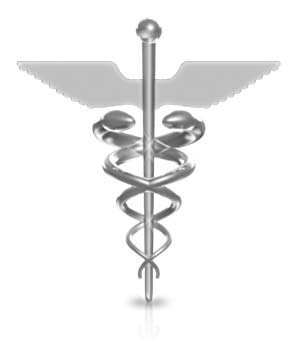
The Healthcare Challenge
In this country we face substantial health challenges. The American Public Health Association reported that chronic diseases including diabetes, heart disease and obesity account for 75% of all health costs. According to the CDC and U.S. Department of Health and Human Services, 70% of all illnesses are linked to lifestyle related causes that can be controlled, such as physical inactivity and obesity.
65% of Americans are overweight and 33% are clinically obese, and this number has grown at a rate of 7-10% in less than 5 years. A Johns Hopkins University team estimated that at the current rate of growth, by the year 2015, 75% of all Americans will be overweight and 41% will be obese.
Fewer Americans exercise than ever before. 60% of adults in the United States report they get essentially no exercise and only about 15% exercise regularly.
Health care spending is growing faster than ever, currently at about twice the rate of inflation. Health care costs in the U.S. for 2007 totaled $2.3 TRILLION, $7600 per person. Per capita healthcare costs have more than doubled since 1993, rising from $3,470 per person. Healthcare spending in 2005 represented 16% of the gross domestic product (GDP) and is expected to reach $4.2 TRILLION or 20% of the U.S. GDP by 2016.

The Healthcare Liability
In the vast majority of the population, heart disease, stroke, obesity and diabetes are preventable.
Patients with chronic, preventable disease pose an obvious insurance liability risk. The expense is shouldered by the patient, medical facilities, insurance providers, employers, government, and insurance payers. As health care consumers, we all bear the burden.
Those with preventable diseases are a further risk to themselves. Aside from paying larger medical expenses and faster escalating insurance premiums, they pay a long-term cost in health, quality of life, and lifespan.
Patients with chronic illness can increase liability risks for physicians. Consumer Reports polled 70,000 readers to determine factors critical to the physician/patient relationship. The poll found that physician communication and education about treatment is essential to the relationship. When communication was poor, noncompliance was higher. Patients with chronic diseases tended to be most dissatisfied. Patient dissatisfaction increases litigation risk.
Positive education-oriented communication between physician and patient helps ensure compliance, and ultimately decreases physician liability.
Investment in patient education also results in tremendous cost savings to medical facilities. An analysis of 25 Hospital and Health Network patient education programs found that for every dollar spent, institutions saved an average of $3.50.
Bridging the Communication Gap through Health Empowerment Education
Patients’ basic information needs are met through physicians anticipating and answering general questions about medical procedures and outcomes, but physicians have limited resources to educate patients in disease prevention.
According to the American Academy of Family Practice, from the physician’s point of view, barriers to efficient patient education include lack of time and adequate reimbursement for time spent, provider forgetfulness, and physician doubt about patient follow-through.
In addition, most physicians do not have an extensive background in nutrition, exercise, and stress management psychology, all of which are vital in preventing disease.
Focus Action provides the bridge to empower your patients with knowledge to prevent chronic disease and live healthier, more fulfilling lives.

